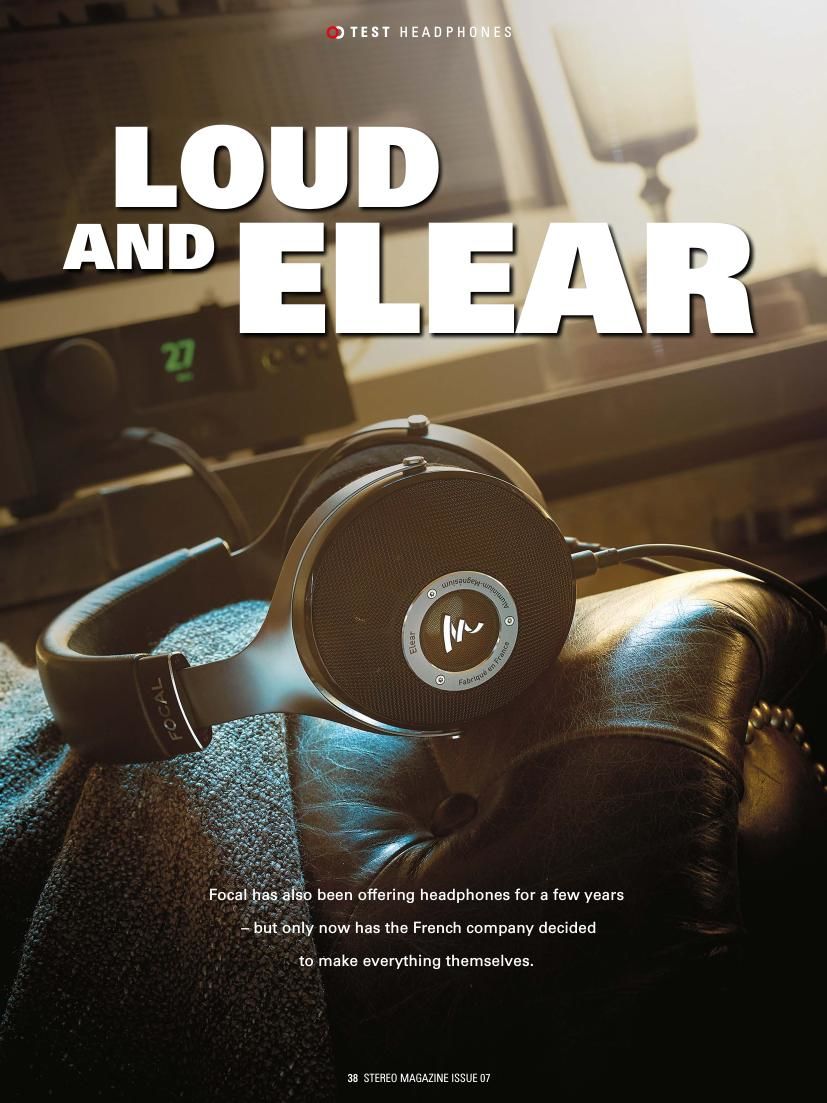Focal Elear Test
This is the 3 pages manual for Focal Elear Test.
Read or download the pdf for free. If you want to contribute, please upload pdfs to audioservicemanuals.wetransfer.com.
Page: 1 / 3

This is the 3 pages manual for Focal Elear Test.
Read or download the pdf for free. If you want to contribute, please upload pdfs to audioservicemanuals.wetransfer.com.
